Water filters can improve the taste of your water and they may even protect your from harmful contaminants. The filters have become simpler to install and more convenient to maintain. Our tests of carafes, faucet-mounted, undersink, countertop, and reverse-osmosis filters found options suitable for removing lead and many common contaminants.
What's In Your Water?
Your Consumer Confidence Report (CCR), also known as a water quality report, states the levels of contaminants detected in the water and how that compares to the EPA's drinking water standards. The EPA requires community water suppliers to provide a CCR to customers every July. If you rent an apartment, contact your building manager or local water company for a copy. Community water systems providing water to 100,000 or more people must post the reports online. The EPA doesn't regulate private wells so a CCR isn't required. The CDC offers information on testing and treatment.
The water-quality report tells you about the water in your municipality, not necessarily about what's coming out of your particular tap. And if your home was built before lead-free pipes were mandated in 1986, a test is the best way to access your home's water quality. There's no safe level of lead exposure, according in to the EPA. One way to reduce lead is to run the water until it's as cold as it will get—up to two minutes or so—when the faucet has not been used for at least six hours.
Your state or local health department might offer free test kits, and test kits are sold at home improvement stores. The EPA suggests sending samples to a certified lab for analysis. Your local water authority can offer a list of labs, check the EPA's list, or call the EPA's Safe Drinking Water Hotline at 800-426-4791.
Fit the Filter to Your Needs
Our tests of water filters found models suitable for removing lead and chloroform. A filter's ability to remove chloroform predicts how well it will remove a range of organic contaminants, such as benzene and atrazine.
Once you know what's in your tap water, consider filter types that best suit your family's water consumption and budget. Contaminant removal claims vary, even within filter types. To be assured a filter will remove a certain contaminant, the package should say the filter meets NSF certification for that substance. NSF International is a nonprofit testing lab that also develops standards for the industry. Third-party labs that certify products to NSF standards include CSA, UL, and WQA, so you may see their certification seals too.
The tested models range from $20 for a carafe filter to $1,000 for a reverse-osmosis model, and all have filters that must be replaced periodically to function effectively. Click the Features & Specs tab in the Ratings to compare the costs of replacing filters. It ranges from $18 to nearly $400, and note that some reverse-osmosis systems require professional installation and maintenance. You'll also see which models have a filter-life indicator, which tells you when it's time to change the filter.
Use our Water Filter Ratings to narrow your choices. You'll find big differences in contaminant removal, flow rate, and clogging within some filter types.
Filtering Your Choices
Factor in budget, water consumption, maintenance, and most importantly, the contaminants found in your water.
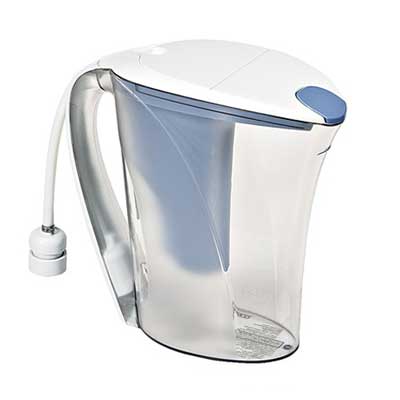
Carafe Water Filter
The best model tested did an excellent job removing lead and chloroform without sacrificing cartridge life or flow rate. Some others were slow, prone to clogging, and have a short filter life. A carafe or two stored in the refrigerator might suffice for one or two people, but isn't ideal for a family that consumes several gallons of water a day.
Price of tested filters: $20 to $68.
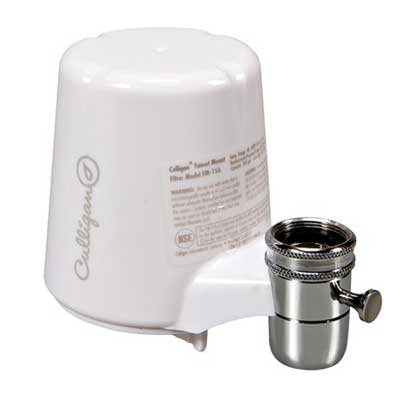
Faucet-Mounted Water Filter
If you're looking for easy installation, these are a good choice for filtering drinking and cooking water. Simply unscrew the aerator from the threaded tip of the faucet and screw on the filter. Faucet-mounted filters let you switch between filtered and unfiltered water. On the downside, they slow water flow, and don't fit on all faucets, including ones with a pull-out sprayer.
Price of tested filters: $19 to $30.
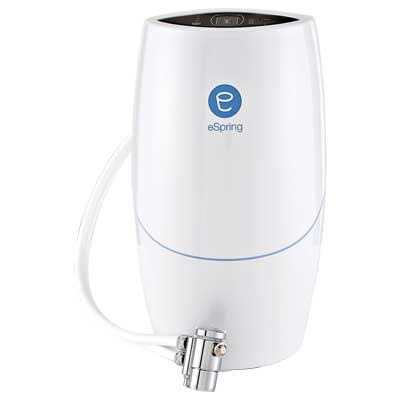
Countertop Water Filter
Remove the faucet aerator, then screw the filter onto the faucet. This allows you to filter large quantities of water without modifying the plumbing. Countertop filters are less likely to clog than carafe or faucet-mount filters. But they can clutter a countertop, and they don't fit all faucets.
Price of tested filters: $100 to $1,000.
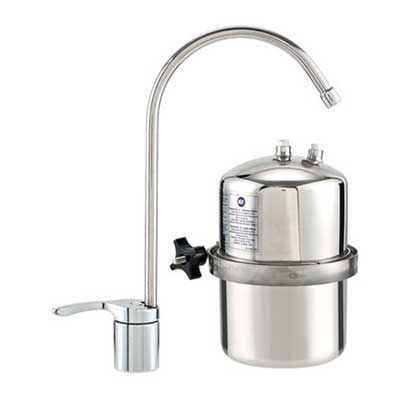
Under-Sink Water Filter
Like countertop filters, these can filter lots of water. Instead of cluttering the counter, they rob space from the cabinet beneath the sink. They may also require professional plumbing modifications, and drilling a hole for the dispenser through the sink or countertop.
Price of tested filters: $70 to $450.
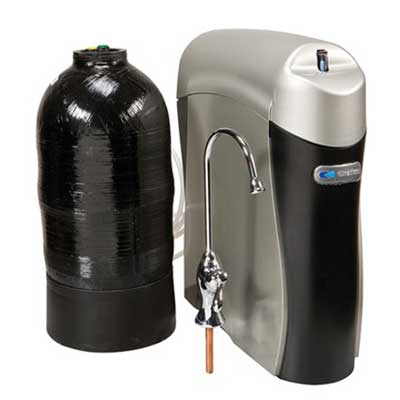
Reverse-Osmosis Water Filter
Using standard household water pressure, water is forced through a semi-permeable membrane, then through filters. Reverse-osmosis filters can remove a wide range of contaminants, including dissolved solids. They can be extremely slow, rob cabinet space, and typically create 3 to 5 gallons of waste water for every gallon filtered. You must sanitize them with bleach periodically, and the membrane and filters must be replaced, per manufacturer's recommendation.
Price of tested filters: $155 to $1,800.
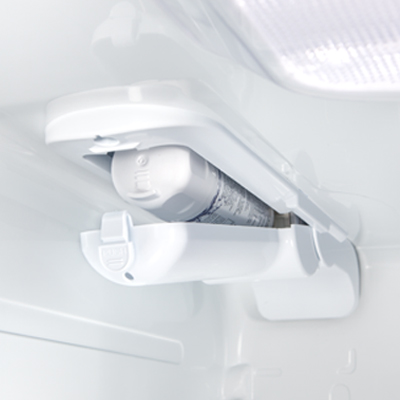
Refrigerator Water Filter
These aren't part of our tests, but water-and-ice dispensers are common on bottom-freezer and side-by-side refrigerators. The water line typically runs through a built-in filter. Most filters can be easily replaced by simply pushing and twisting. Replacement filters cost about $50 and up and you'll need to change it every six months or so. Depending on the particular filter, fridge filters can reduce many of the same contaminants as a countertop or under-counter filter.
Comments
Post a Comment